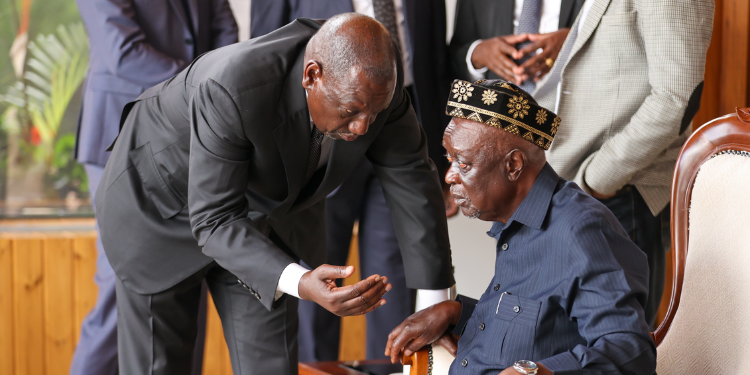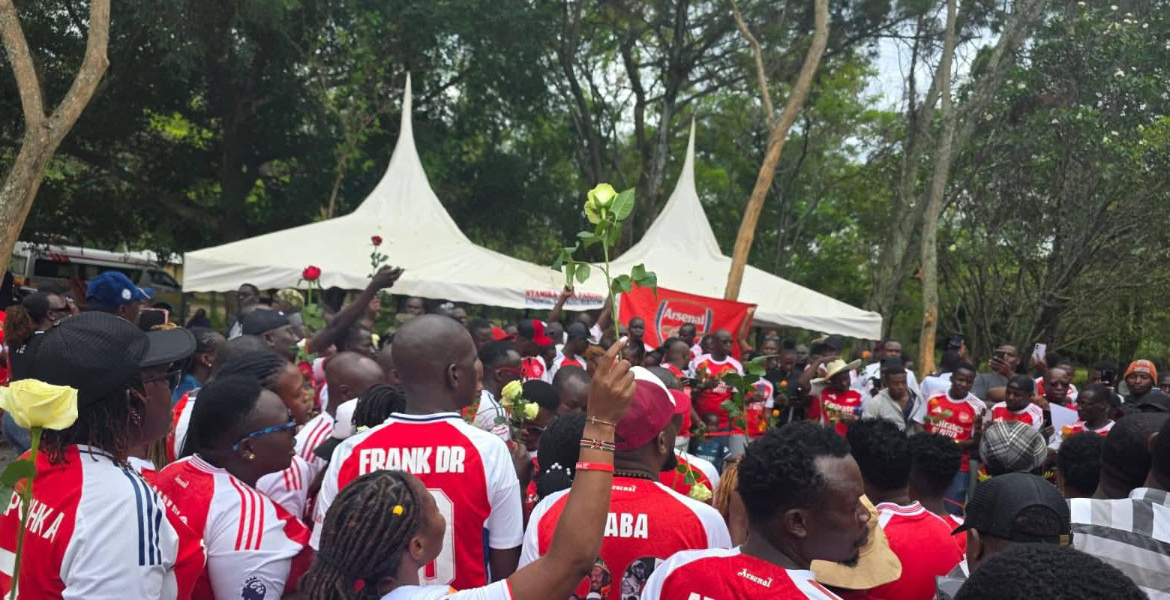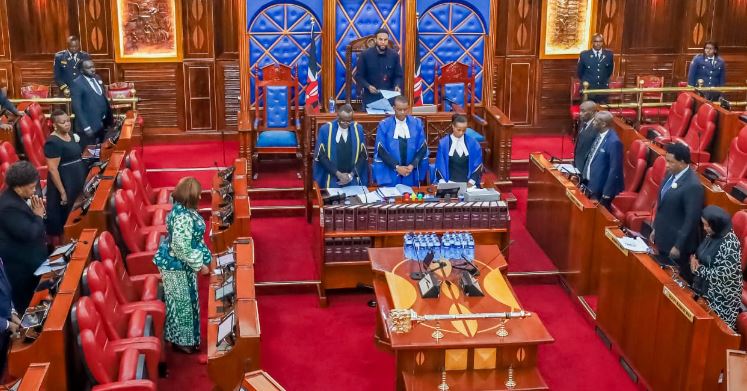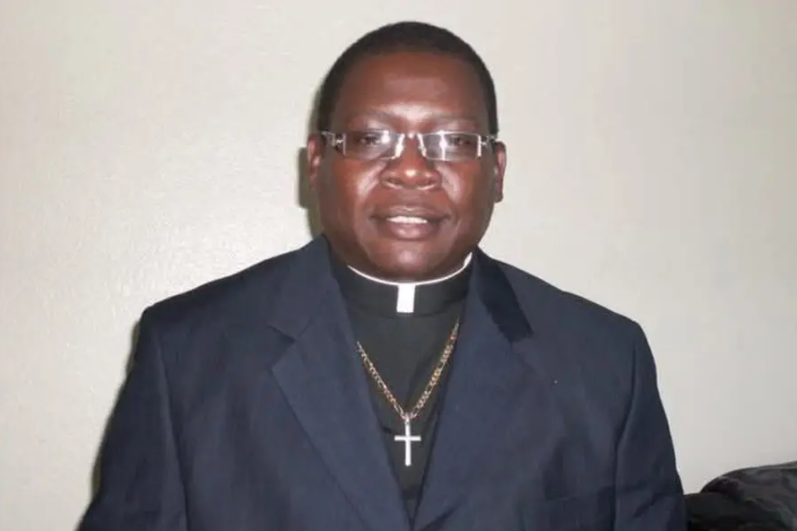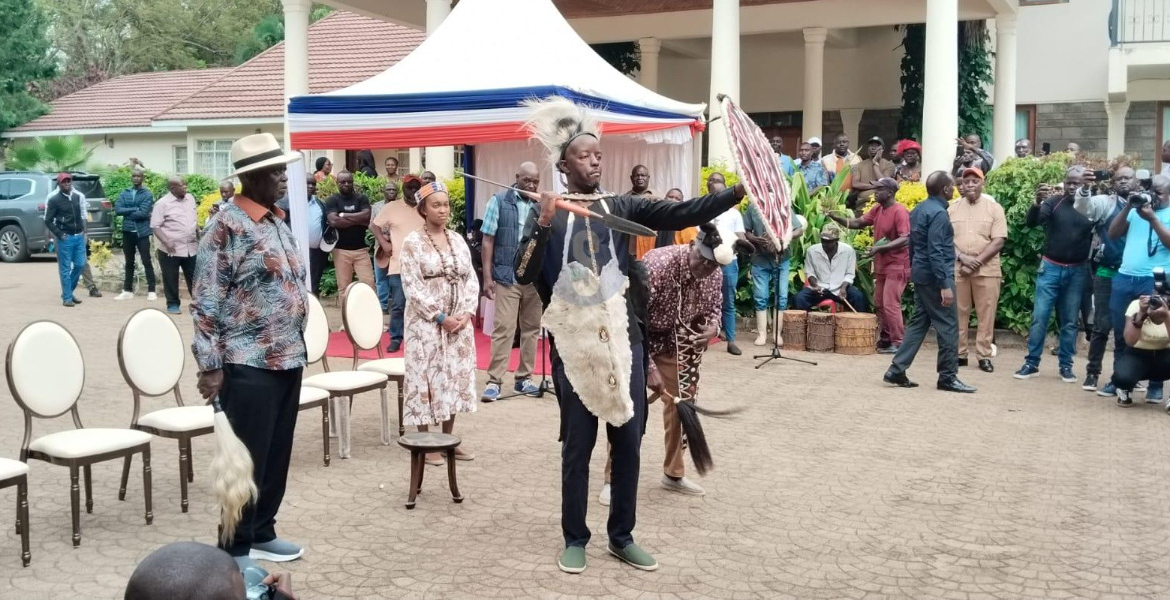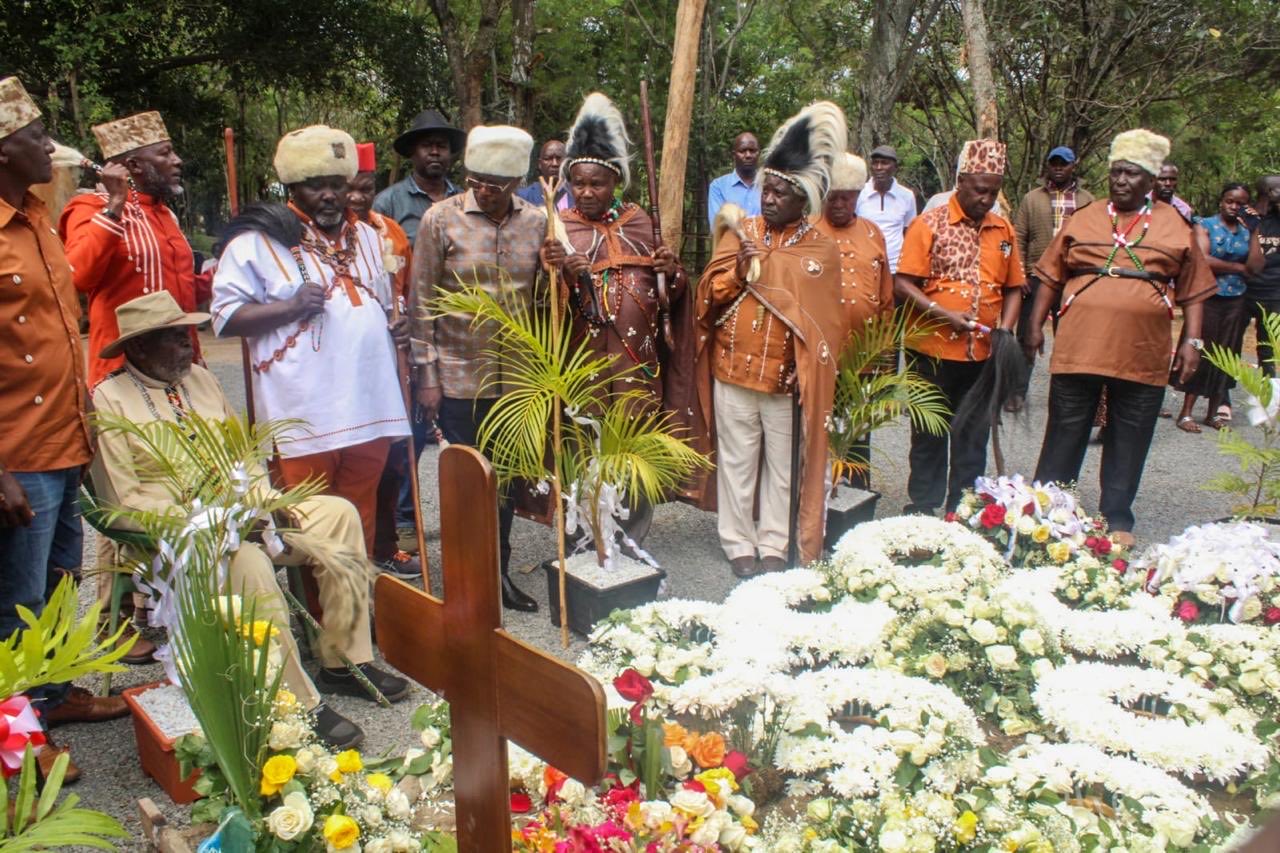Little-Known Details of the Oginga Mausoleum Where Raila Will Be Buried
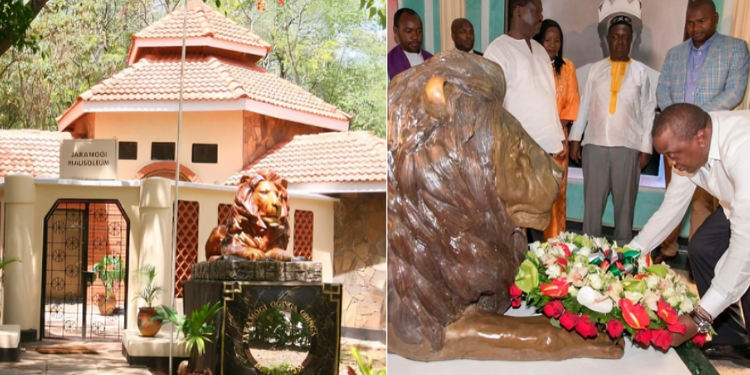
Former Prime Minister Raila Odinga, who died on Wednesday, October 15, will have his final stop at Kang’o ka Jaramogi, where a marble-lined tomb — identical to his father’s — awaits.
Kang’o ka Jaramogi in Bondo, Siaya County, serves as the Odinga family homestead and graveyard. It holds the graves of Raila Odinga’s parents, sisters, brother, and sons. The site includes a mausoleum and burial plots for key family members.
Raila will be laid to rest beside the grave of his late father, Jaramogi Oginga Odinga, at the family home in Bondo, Siaya County. The decision to inter him beside his father resonates deeply within the community’s cultural traditions.
“This is not just a burial,” explains Mzee Olang’o Nyabola. “It is a symbolic passing of the torch. Raila’s grave beside Jaramogi’s completes a generational cycle — the father who began the fight for liberation and the son who carried it to its logical conclusion.”
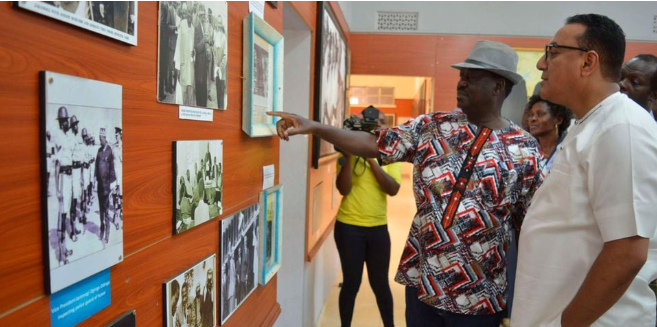
Kang’o ka Jaramogi: Little-Known Details of Oginga Museum Where Raila Will Be Buried
For decades, the serene homestead of Kang’o ka Jaramogi has welcomed visitors eager to glimpse the resting place of Kenya’s first vice president, Jaramogi Oginga Odinga — the nationalist whose name helped shape Luo politics.
It has hosted dignitaries, scholars, and political pilgrims. Presidents, prime ministers, and foreign diplomats have walked through its gates, reflecting on Kenya’s long march to freedom.
But today, it is not curious visitors who stream through the gate — it is mourners arriving in hushed disbelief following the death of Raila Odinga.
Raila’s elder son, Fidel Odinga, was also buried at Kang’o ka Jaramogi in 2015, at the family cemetery.
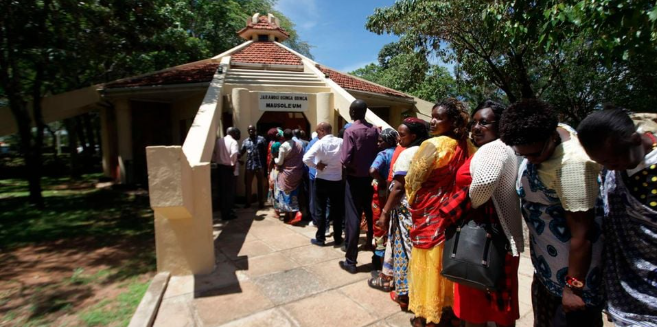
This majestic mausoleum was once home to the late Jaramogi Oginga Odinga. The home, known as Kang’o ka Jaramogi, means a place of unification and a stone for the first wife.
Once again, Kang’o ka Jaramogi transforms into a national shrine — a pilgrimage site where Kenya’s long and turbulent journey to democracy will be remembered for generations.
From the main Bondo–Usenge road, a narrow, tree-lined path leads to the Jaramogi Oginga Odinga Mausoleum — a cultural and historical treasure that has, for decades, preserved the story of Kenya’s liberation struggle.
Inside the compound stands a simple yet majestic mausoleum — cream-walled, high-roofed, and surrounded by gardens dotted with lion sculptures.
At the entrance stands a lion monument welcoming visitors — a powerful symbol of Jaramogi and Raila’s courage and leadership. The lions, as former curator Samuel Aduol once explained, symbolize “the relentless spirit of opposition politics” embodied by Jaramogi and inherited by Odinga.
From the gate, the Simbas (houses) of the late Raila Odinga and Siaya Senator Dr. Oburu Odinga can be seen. In African tradition, Simbas were built to empower boys in the family, nurturing courage and leadership — values that clearly run deep in this lineage.
The grave of the late Jaramogi Oginga Odinga features a lion headstone, symbolizing the Ford Kenya party, which Jaramogi once chaired. His grave house is only a few steps from the main gate, while the house of his first wife stands directly opposite it, honoring her role as the family matriarch.
The house of the first wife has also been turned into a museum due to its cultural significance. Inside, visitors find gifts, certificates, Jaramogi’s personal belongings, and artwork depicting famous world leaders and celebrities.
A look inside the Museum
The walls of the museum are adorned with rare photographs capturing defining moments in Jaramogi’s political life — his meetings with Mzee Jomo Kenyatta, his fiery speeches calling for equality, and his years in political isolation after falling out with the government.
Weapons once owned by Jaramogi — spears, shields, bows, and arrows — are carefully displayed, symbolizing his role as Ker, the traditional leader of the Luo community.
Aduol said the artifacts represent power and authority and remind people that Jaramogi was not just a political figure, but also a custodian of culture and identity.
The museum’s collection also includes the skins of a python, leopard, and oryx, along with stuffed birds and animals considered sacred in Luo folklore. Each carries symbolic meaning — wisdom, courage, and resilience — qualities that defined both Jaramogi and Raila in their political lives.
History of the Jaramogi Oginga Odinga Mausoleum
The mausoleum was officially opened on January 20, 1995, by former Nigerian president Olusegun Obasanjo.
In 2018, former Kenyan president Uhuru Kenyatta visited the site and laid a wreath.
A year later, in 2019, the National Museums of Kenya undertook a Ksh 8 million rehabilitation project to preserve its historical and cultural significance.
Constructed a year after Jaramogi Oginga Odinga’s death, the mausoleum today stands as a national monument and a symbol of his enduring legacy — one that now prepares to receive his son, Raila Odinga.
